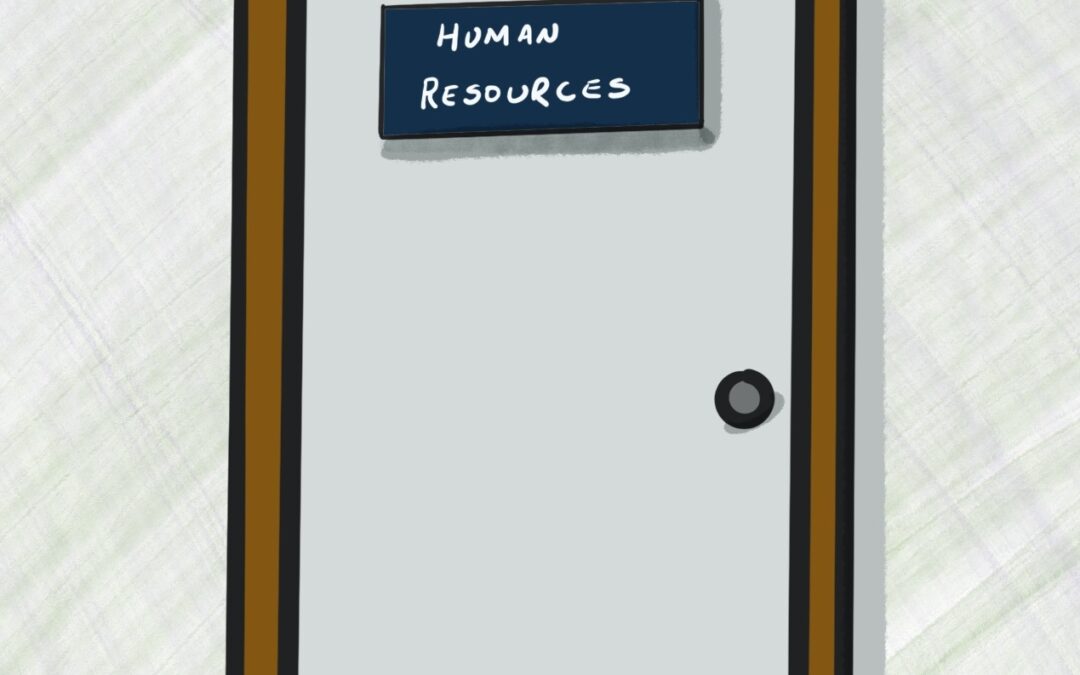Oh no one knows what goes on behind closed doors. – Behind Closed Doors. Charlie Rich
I have some broad theories about things. Here’s one:
I think the quest for power is the root of all evil.
From nations that invade each other to political parties that despise each other, to executives that try to undermine each other, to romantic partners that try to control each other.
Read the headlines for just one day and I think you’ll agree. The quest for power is the root of all evil.
Here’s another theory:
Communication problems are a central contributor to most other problems.
When I watch reality TV shows like Neighborhood Wars where angry neighbors attack each other verbally and physically, the root issues of the dispute are most often broken communication over something like a new fence or a property line.
When you talk to couples in a relationship that struggle, the underlying cause is usually a lack of communication.
When I work with an organization that struggles, it usually comes down to: “we have a real lack of communication around here.”
And that’s the reason why I’m going to start this year with a mini-series on communication. In this first installment:
The Biggest Non-Verbal Communication Barrier Ever.
Many forward thinking CEOs pride themselves on their “open-door policy.” I’m not exactly sure what that means, but I doubt any employees just pop into the CEO’s office to chit chat like they probably do to you at work.
And yet, most of these open-door policy organizations suffer from serious communication breakdowns. How do we measure this? The door itself. What does it mean? How do we interpret it?
Non-verbal communication happens without any words or noise. It can be a facial expression, closed body language, or even a person’s general “vibe.”
A door is like our mouth. When it’s open, the communication is for all. When it’s closed, that’s when we reflect.
An open door invites people in.
But what happens when people see a closed door?
Without verbal or written communication, the message of the closed door is clear: you are not welcome in here right now.
And there is NOTHING wrong with that. After all, we don’t know exactly what Charlie Rich is doing behind his closed door right now, but we can be assured it’s absolutely none of our business.
But since The Door seems to be such a powerful communication tool, then why not have a “closed-door” policy?
Whether it’s a small whiteboard that you can leave messages on or setting clear times when your door will be closed to handle confidential matters or making it easier for others to work around things when your door is closed.
When I was a supervisor in the Navy, I shared an office with the coffee pot and the copy machine. If I had to counsel someone, the door was closed, which for some reason made everyone else in the clinic suddenly need to make a copy of something or refill their coffee cup.
My solution was simple: when I needed the door closed, I wheeled the copier and the coffee pot into the hallway and plugged them in out there. Problem solved.
This week, think about better ways to handle The Door. Unlike our mouths, The Door does a lot more talking when it’s closed. What are your doors saying?


